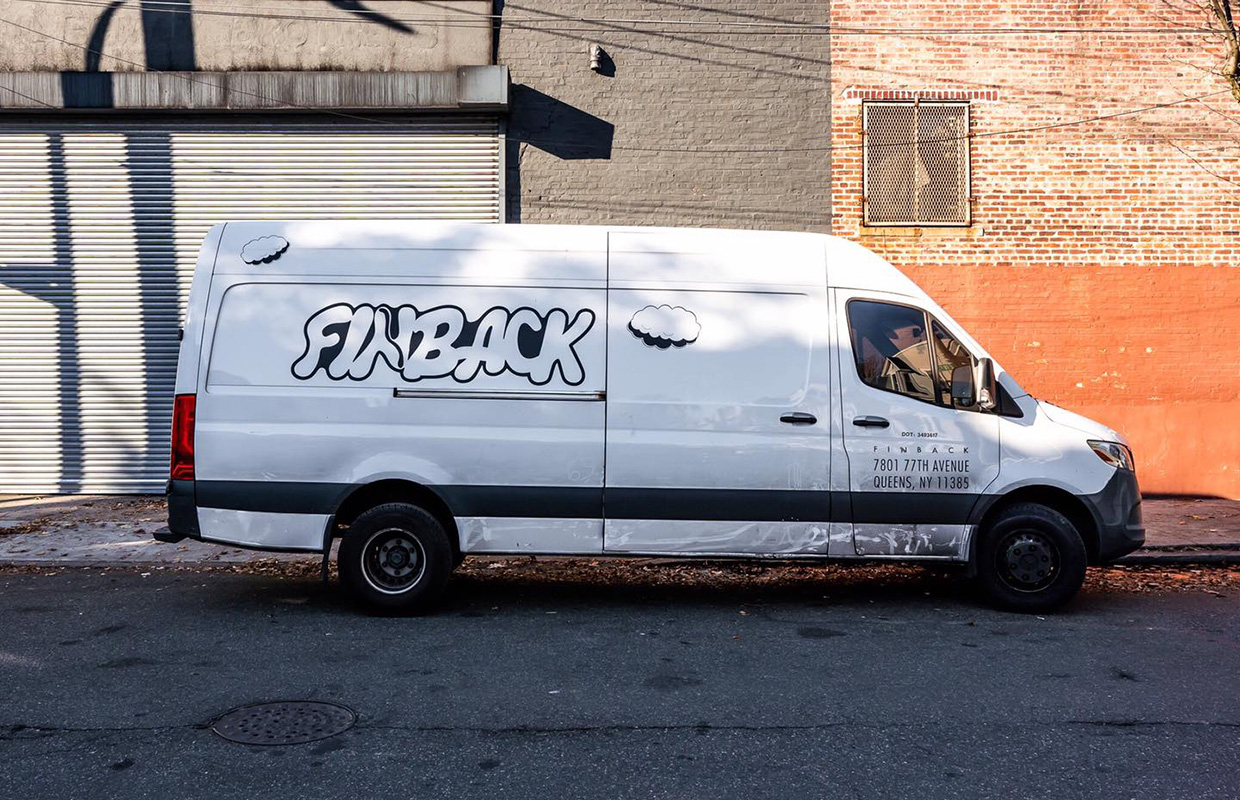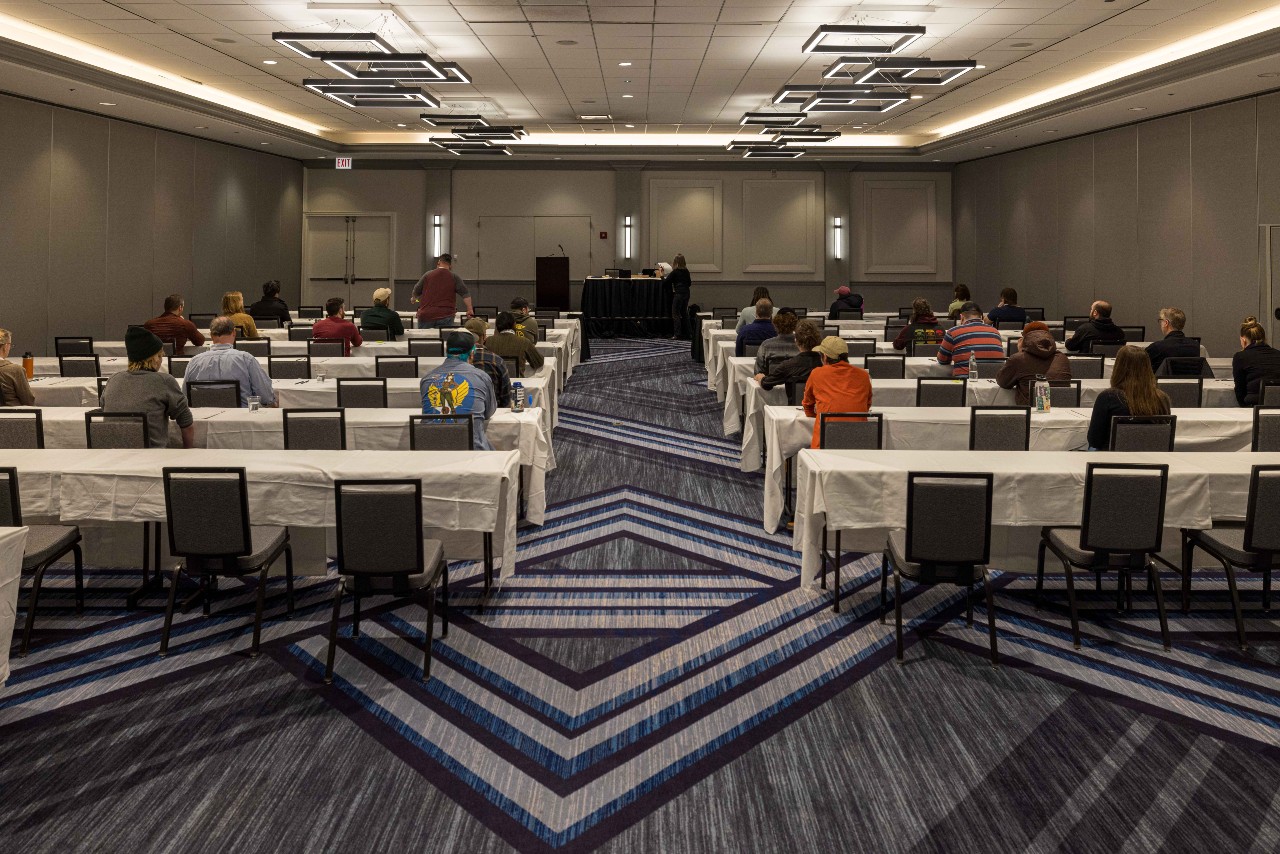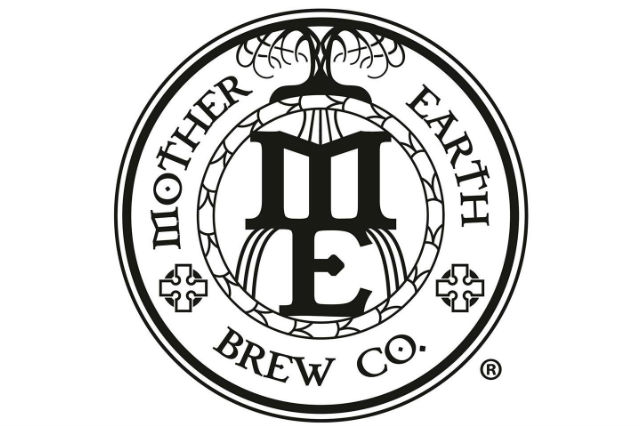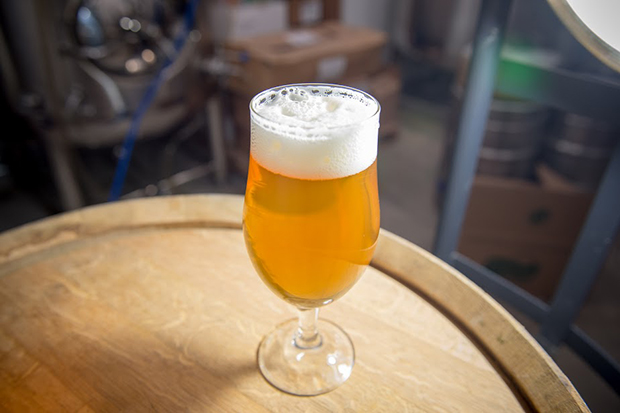
Over the past few years being able to sell your brewery’s product more than across the bar or in a retail setting has increased. During the pandemic and with taprooms closed, the function of direct-to-consumer sales became more feasible in some states.
A few, like New York, allowed state-wide sales and distribution and Finback Brewery was one company that capitalized on it for a while. But as the pandemic waned and taprooms for smaller breweries opened. The ability to sell to-go became more functional than online and DTC sales said founder and Finback owner Basil Lee.
“We’ve always been — in principle or ideologically — direct to consumer,” he told Brewer recently. “Like, how do we reach and engage our customers in the most direct way? Through taprooms and through that experience. I think the idea of going, to shipping and delivery was pretty novel.”
Finback was always interested in terms of looking at the data and seeing what that meant for them in terms of sales.
“I think there are certain tools that help do that,” Lee said, but they actually haven’t capitalized on it too much.
“I think a lot of the data, in the beginning, was just by virtue of consumer habits changing,” he noted. “Everything was sold through that channel.”
READ MORE: The Way Finback Evolved to Grow
MadTree shared that they are “in love with the data.”
“We are able to capture zip code as well as brand tracking information,” said Lauren Amos, Consumer Experience Director for MadTree. “The challenge for us as with a lot of people is making sure we are using that data to help drive decisions and remember to continuously go back to it.”
Finback plans to either maintain a little bit just to offer it as a convenience for consumers or they may go further into it.
“I think direct to consumer in general is like a big part of our strategy,” he said. “Whether that means a little bit more local, or through our tap rooms and building that experience further or kind of trying to do more states. It’s still a little bit to be seen.”
Lee said the words “Direct to Consumer” has changed for him a bit.
“I almost see direct to consumer as re-engaging in hospitality and really thinking about what direct to consumer in terms of, engaging our communities, and what that means,” he said. “We’re putting aside the idea of getting beer through shipping and delivery, but really creating and engaging direct consumer experiences.”
In some ways, Lee said remote work for lots of people has changed how people perceive going to a brewery.
“Getting back to this kind of direct consumer experience and togetherness is, to me, a super priority going forward.”






Be the first to comment